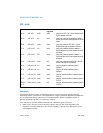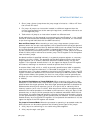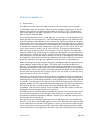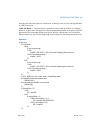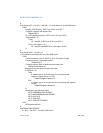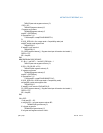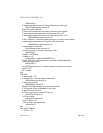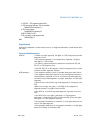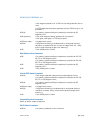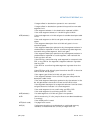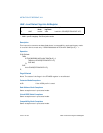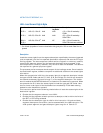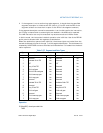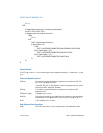
Vol. 2A 3-515
INSTRUCTION SET REFERENCE, A-M
JMP—Jump
or TSS DPL < TSS segment-selector RPL
or TSS descriptor indicates TSS not available
THEN #GP(TSS selector); FI;
IF TSS is not present
THEN #NP(TSS selector); FI;
SWITCH-TASKS to TSS;
IF EIP not within code segment limit
THEN #GP(0); FI;
END;
Flags Affected
All flags are affected if a task switch occurs; no flags are affected if a task switch does
not occur.
Protected Mode Exceptions
#GP(0) If offset in target operand, call gate, or TSS is beyond the code
segment limits.
If the segment selector in the destination operand, call gate,
task gate, or TSS is NULL.
If a memory operand effective address is outside the CS, DS,
ES, FS, or GS segment limit.
If the DS, ES, FS, or GS register is used to access memory and it
contains a NULL segment selector.
#GP(selector) If the segment selector index is outside descriptor table limits.
If the segment descriptor pointed to by the segment selector in
the destination operand is not for a conforming-code segment,
nonconforming-code segment, call gate, task gate, or task state
segment.
If the DPL for a nonconforming-code segment is not equal to the
CPL
(When not using a call gate.) If the RPL for the segment’s
segment selector is greater than the CPL.
If the DPL for a conforming-code segment is greater than the
CPL.
If the DPL from a call-gate, task-gate, or TSS segment
descriptor is less than the CPL or than the RPL of the call-gate,
task-gate, or TSS’s segment selector.
If the segment descriptor for selector in a call gate does not indi-
cate it is a code segment.
If the segment descriptor for the segment selector in a task gate
does not indicate an available TSS.




